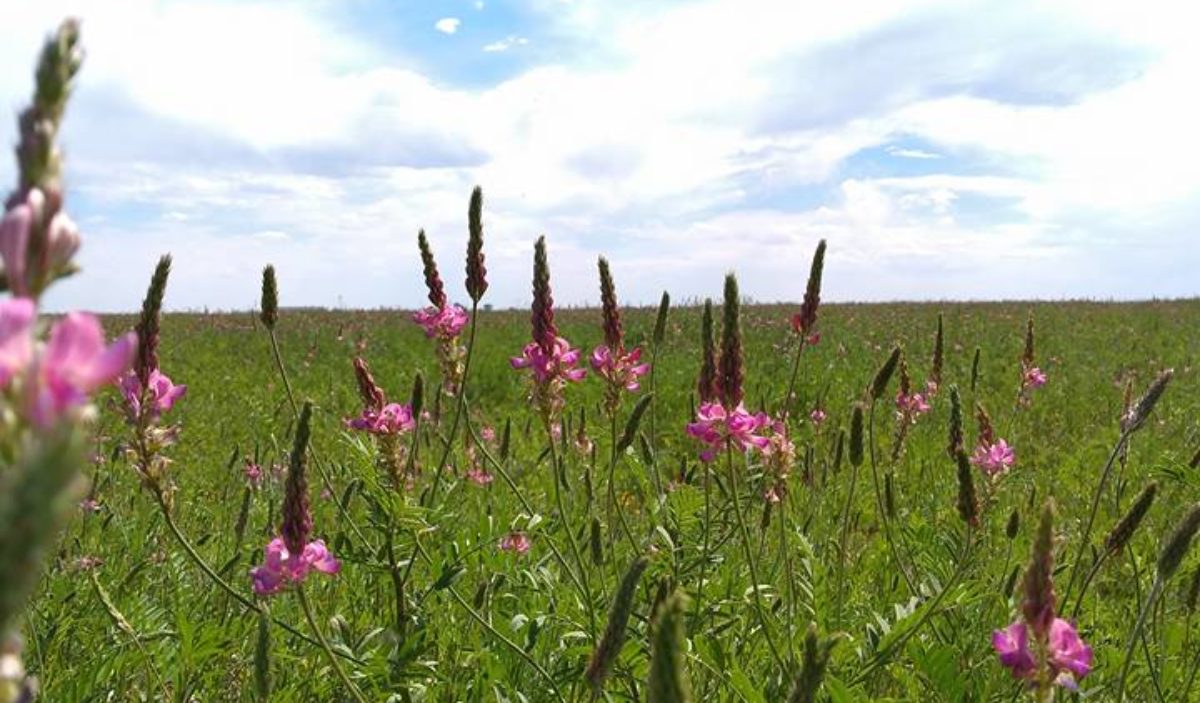Lemongrass is such a wonderful plant. It can be used in cooking, to deter bugs, to make tea and medicinally. WebMD even has a page on it:
- Lemongrass is a plant. The leaves and the oil are used to make medicine.
- Lemongrass is used for treating digestive tract spasms, stomachache, high blood pressure, convulsions, pain, vomiting, cough, achy joints (rheumatism), fever, the common cold, and exhaustion. It is also used to kill germs and as a mild astringent.
- Some people apply lemongrass and its essential oil directly to the skin for headache, stomachache, abdominal pain, and muscle pain.
- By inhalation, the essential oil of lemongrass is used as aromatherapy for muscle pain.
- In food and beverages, lemongrass is used as a flavoring. For example, lemongrass leaves are commonly used as “lemon” flavoring in herbal teas.
- In manufacturing, lemongrass is used as a fragrance in soaps and cosmetics. Lemongrass is also used in making vitamin A and natural citral.
How does it work?
Lemongrass might help prevent the growth of some bacteria and yeast. Lemongrass also contains substances that are thought to relieve pain, reduce fever, stimulate the uterus and menstrual flow, and have antioxidant properties.
I wanted to grow lemongrass for a different reason, the oil attracts bees. As you know we built our own beehives. I do not want to buy a package of bees, I’d rather attract a swarm. To do that I needed lemongrass essential oil. Husband has been wanting to try his hand at making essential oil, so I just needed the lemongrass. I went to our local oriental market and bought all the lemongrass they had. I put them in a jar of water until they’d sprouted roots, then I planted them out to the kitchen herb garden. They have really taken off. I’ve harvested some for lemongrass chicken and loved it.
Lemongrass
Thai Basil
Here is Daughter helping me prep the lemongrass. Ok, she’s just chewing on it. She informed me she didn’t like eating grass.
Such a cute face!
Stripped of stalk.
All I did to prep the lemongrass was strip off the base leaves, cut the white base of the stalk off, wash it and chop it up to be added to dinner. The recipe I gathered inspiration from is this one. As usual, I didn’t follow the directions and modified as I saw fit. I used bean noodles, sliced chicken breasts, carrots, and green onions. I did not use fish sauce, cuz yuck! O let me just tell you my recipe:
Lemongrass Chicken with Bean Noodles
Ingredients
- 1 serving bean noodles
- Olive Oil- enough to coat bottom of pan
- 2 large lemongrass stalks or 5 small ones.
- 1 clove garlic, minced
- 1 teaspoon dried ginger
- 10 leaves fresh thai basil
- 1 carrot sliced thinly
- 2 Tablespoons lemon juice
- 1 TB brown sugar
Directions
Cook bean noodles as directed on the package.
Add lemongrass, ginger, oil and garlic to a medium skillet and sauté until fragrant. Add the sliced chicken and cook through. Add lemon juice, basil and brown sugar and coat chicken. Next add the noodles and warm through. Remove and serve in a bowl with carrot curls and green onions.
Add spice, to taste with sriracha or red pepper flakes. My children do not like spice and so we kept it optional.
I think bean sprouts would be great in this dish but I didn’t have any when I first made it and it was still great.
Cooking noodles
Cooking the lemongrass, garlic and ginger.
Browning the chicken.
Delicious!































































